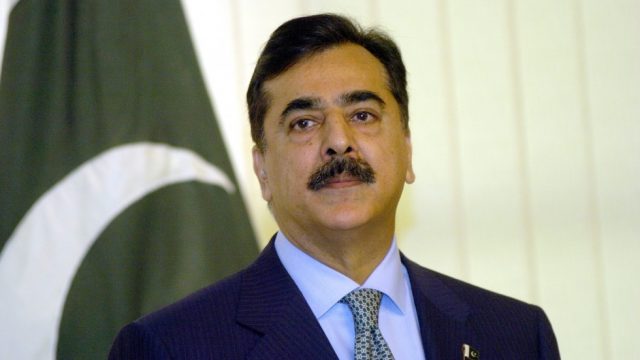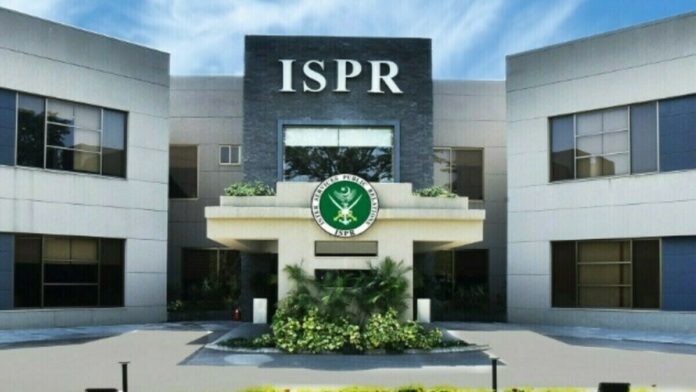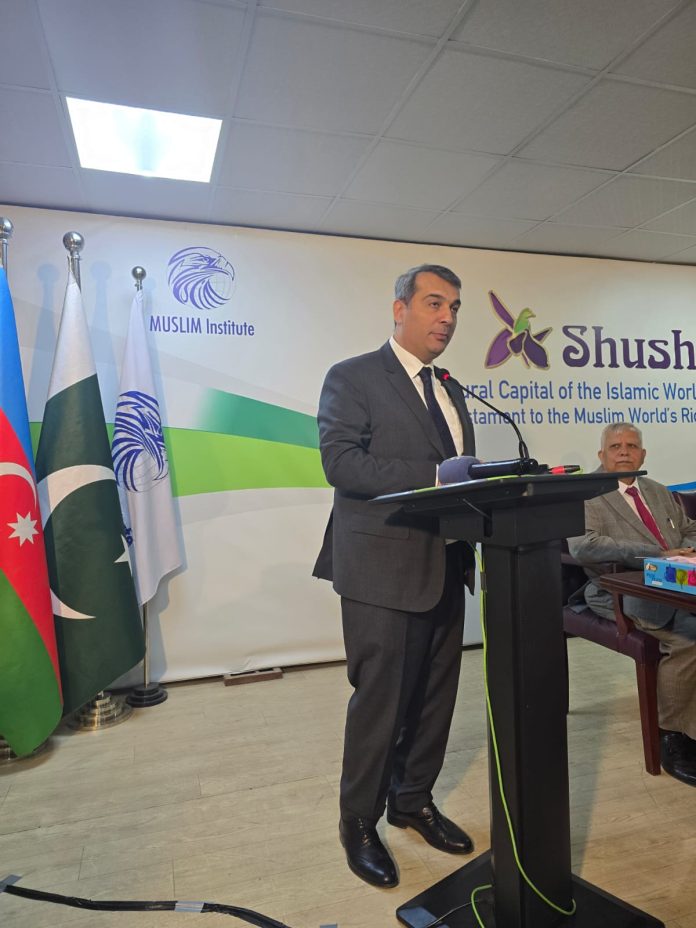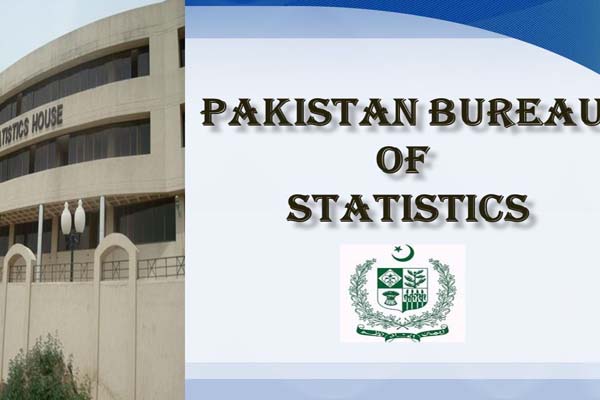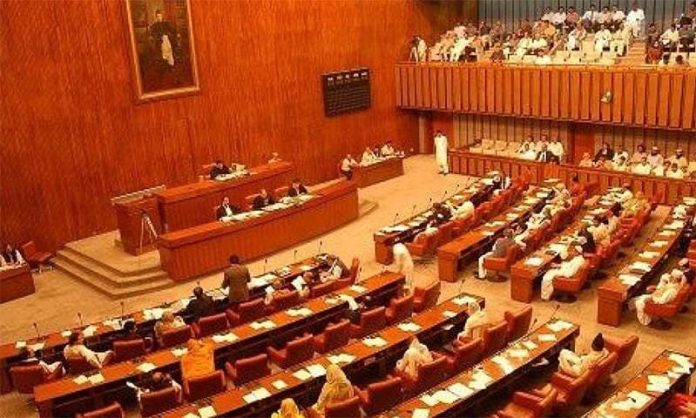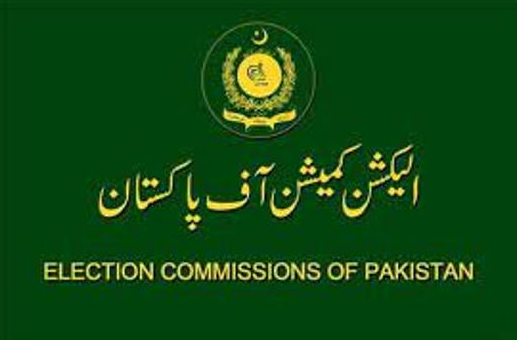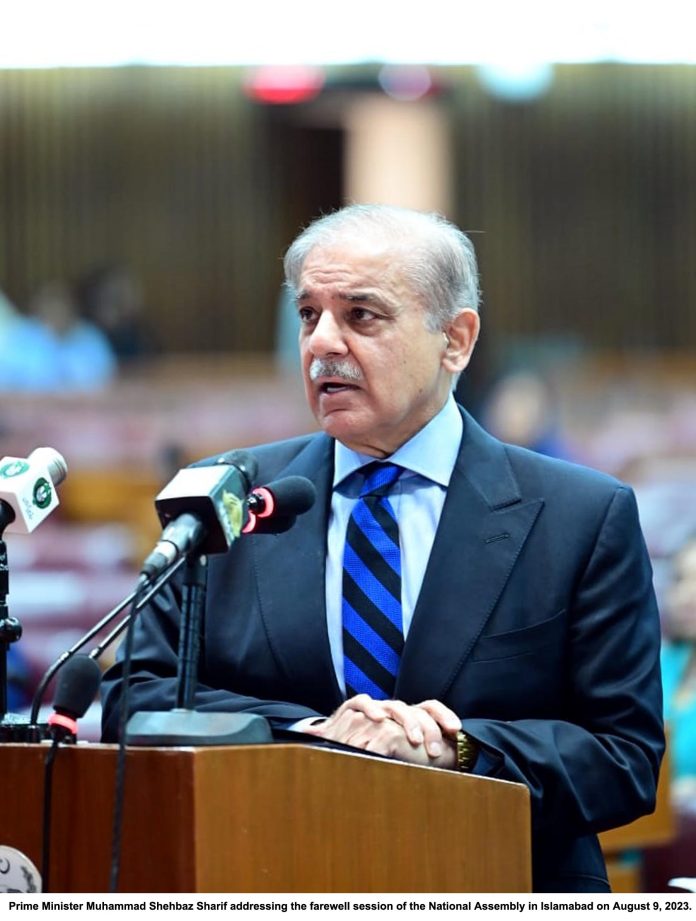ISLAMABAD, Aug 5 (APP): The Council of Common Interest (CCI) on Saturday approved the final results of the 7th Population and Housing Census 2023 and according to the results, the total population of the country was recorded at 241.49 million with a growth rate of 2.55 %.
The approval was given in the 50th meeting of the Council of Common Interest, which was held under the chairmanship of Prime Minister Muhammad Shehbaz Sharif, said Focal Person, Pakistan Bureau of Statistics Muhammad Sarwar Gondal.
In a statement, he said that the meeting of CCI was also attended by the provincial chief ministers and other senior officials of the concerned departments.
Pakistan makes history!! Results for First Digital Census unanimously approved!
This was made possible through the relentless hard work of the leadership & team of #PakPBS, stakeholders and partners at all levels, & participation of citizens! #PakistanZindabad #DigitalCensusPk pic.twitter.com/GeSX2smx5Q— Pakistan Bureau of Statistics (@PBSofficialpak) August 5, 2023
According to the final approved results, the total population of Punjab was recorded at 127.68 million as the population growth rate of the province was 2.53 %, he said adding that the population of Sindh was 55.69 million with a growth rate of 2.57 %.
Meanwhile, he said that the total population of Balochistan is 14.89 million with a growth rate of 3.2 %, whereas total population of Khyber Pakhtunkhwa is 40.85 million with a growth rate of 2.38 %.
Muhammad Sarwar Gondal said that according to the final approved results of 7th Population and Housing Census, total population of Islamabad is 2.36 million with a growth rate of 2.81 %.
The rural population of the country is 61.18% while the urban population is 38.82 %, he said adding that 84.99% of KP population is rural while 15.01% is urban.
Meanwhile, 59.30% of Punjab population is rural while 40.70% is urban, 46.27% of Sindh population is rural while 53.7% is urban. 69.04% of Balochistan population is rural while 30.96% is urban. 53.10% of Islamabad population is rural while 46.90% is urban, he added.
7th Population and Housing Census is the first Ever Digital Census in the history of Pakistan and is the largest Digitization project of South Asia, he said adding that Geographic Information System (GIS) was used to ensure real time monitoring, transparency, data quality and complete coverage in 7th Population and Housing Census.
Digital maps of Pakistan were prepared and all houses, schools, factories, shops and hospitals were Geo Tagged, he said adding that digital field operation, involvement of stakeholders, print, electronic and social media publicity campaign ensured the successful conduct of Digital Population and Housing Census.
Pakistan Bureau of Statistics ensured the completion of IT infrastructure designing, development of census software, procurement of 126,000 tablets and acquiring high resolution imagery of whole Pakistan in shortest possible time, he added.
The provinces were involved in all stages from planning to completion of digital census and teachers designated from provinces ensured the completion of field enumeration, he said adding that to monitor the census, National Census Control Centre (N3C) and provincial census control centres (P3C) were developed and Census process was monitored through latest technology.
Besides, 495 digital census support centres were created at Tehsil level, which were responsible for provision and maintenance of tablets and synchronization of data, the centres were also used for registering and solving complaints of general public and field enumerators.
For the first time in history of Pakistan, people in the country entered their data through ‘Self- Enumeration’ from 20th February, 2023 to 10th March, 2023, he said adding that by participating in self-enumeration, people of Pakistan showed their confidence over the system of first ever Digital Census of Pakistan.
He said that 6.6 million households visited Self Enumeration Portal and Self-Enumeration process has brought Pakistan in the line of the countries that are using Digital Technology, adding that the field staff for census was trained in 992 training cetres equipped with digital technology across the country.
Keeping in view the importance of provinces in census execution, all commissioners, deputy commissioners and assistant commissioners were given the access of monitoring dashboards, he said adding that the purpose of giving access of dashboards to provinces is to monitor the work completion, tracking of field staff and real time monitoring.
Total field staff of 230,000, consisting of enumerators, supervisors district administration and security personnel participated in first digital census and the data collected is unanimously used for policy-making and development projects, he added
Muhammad Sarwar said that to assure the quality of data collected through digital census ‘computer assisted telephonic interviews’ were used by generating random calls, adding that 40 million structures were Geo tagged and counted in first Digital Census of Pakistan.
He said that about 126,000 tablets were used in first Digital Census of Pakistan, adding that 185,509 blocks were covered by using Digital Block Boundaries.
